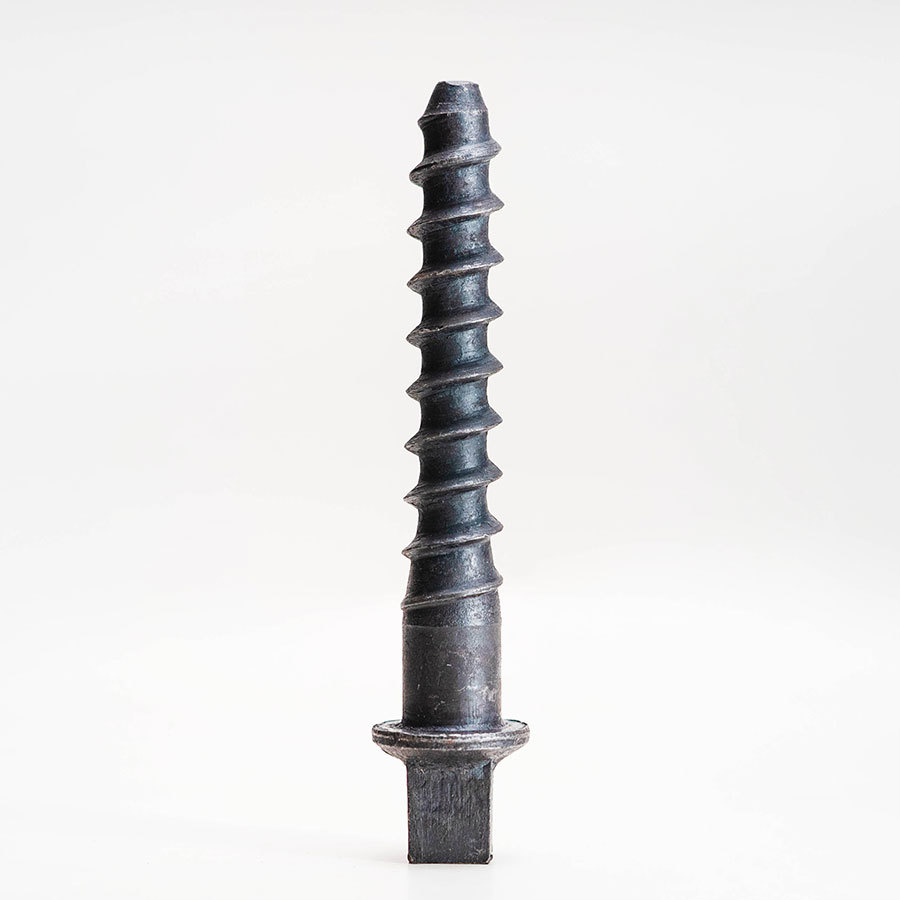-
ProductsAt present, the company has the ability to produce 50000 tons of rail buckle accessories annually. The product series includes various specifications of spring bars Gauge baffles, switch special pads, joint clamps for 43kg, 50kg, 60kg steel rails, various export products, etc

-

-
AboutThe company was established in 1994 and is a production enterprise specializing in the research and development, production, and sales of railway line specific accessories

Everything You Need to Know About Rail Track Spikes: Essential Components for Railway Safety
Apr 23,2025
Rail track spikes are critical components in the railway industry, serving the essential purpose of securing rails to wooden or concrete ties. These spikes, typically made from high-strength steel, are designed to withstand significant forces and environmental conditions. Their main function is to keep the tracks aligned and stable, preventing any movement that could lead to derailments or other s

There are several types of rail track spikes, each tailored for specific applications. The most common variety is the square spike, characterized by its four-sided design. This shape allows for a secure grip on the rail, minimizing lateral movement. Another type is the cut spike, which has a more tapered design and is often used in lighter rail applications. Additionally, there are also screw spikes, which are designed to be screwed into ties, providing enhanced holding power, especially in softer wood.
The installation of rail track spikes is a precise process that plays a critical role in railway safety. Proper alignment is paramount, as misalignment can lead to uneven wear and tear on the rails, potentially resulting in serious accidents. Typically, spikes are driven into the ties at a specific angle to ensure maximum holding power. In some cases, rail fastening systems that incorporate spikes may also include additional components, such as washers and clips, to further enhance stability.
Over time, rail track spikes may experience wear due to various factors, including rust and corrosion, especially in environments with high moisture or exposure to chemicals. Regular inspection and maintenance are essential to identify any signs of degradation. When spikes are found to be damaged or worn, they should be replaced promptly to maintain the integrity of the railway system.
Moreover, the choice of rail track spikes can significantly impact the overall performance of the railway. Selecting the right type of spike based on the rail and tie materials, as well as the anticipated load, is crucial. Engineers often conduct detailed assessments to determine the most effective fastening systems that meet safety and efficiency standards.
In conclusion, rail track spikes are indispensable for the safe and effective operation of railways. Their robust design and reliable performance contribute substantially to the safety of rail transportation. Understanding the different types of spikes, their installation techniques, and maintenance requirements is vital for anyone involved in the railway industry. Effective management and oversight of these components ensure that rail systems continue to operate safely, thereby fostering public confidence in rail transport as a dependable mode of transit.
Next:
Recommended
There is one sheet production line and two high-precision engraving machines, with an annual production capacity of 6 million railway special height adjustment pads.
Electrostatic spraying workshop
There is one electrostatic spray equipment production line and one spray paint production line, with an annual production capacity of 10,000 tons.
Contact Us
Henan Xinda Railway Equipment Co., Ltd
Fax: +86-372-2615999
Tel: +86-18567891234
Email:info@xindarail.com
Send us your request
we will get in touch with you as soon as possible
COOKIES
Our website uses cookies and similar technologies to personalize the advertising shown to you and to help you get the best experience on our website. For more information, see our Privacy & Cookie Policy
COOKIES
Our website uses cookies and similar technologies to personalize the advertising shown to you and to help you get the best experience on our website. For more information, see our Privacy & Cookie Policy
These cookies are necessary for basic functions such as payment. Standard cookies cannot be turned off and do not store any of your information.
These cookies collect information, such as how many people are using our site or which pages are popular, to help us improve the customer experience. Turning these cookies off will mean we can't collect information to improve your experience.
These cookies enable the website to provide enhanced functionality and personalization. They may be set by us or by third-party providers whose services we have added to our pages. If you do not allow these cookies, some or all of these services may not function properly.
These cookies help us understand what you are interested in so that we can show you relevant advertising on other websites. Turning these cookies off will mean we are unable to show you any personalized advertising.

